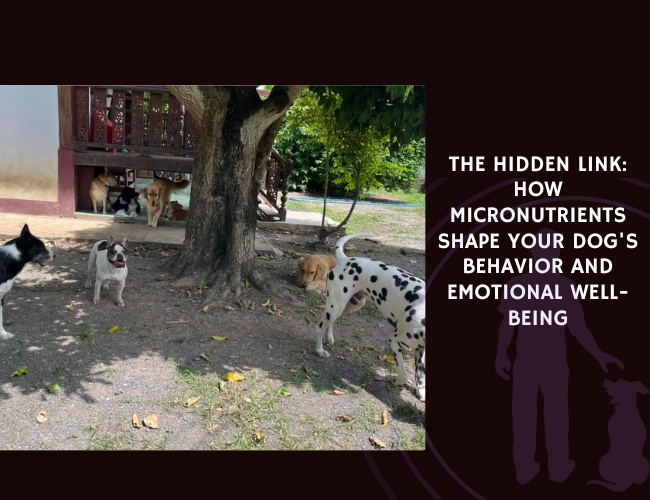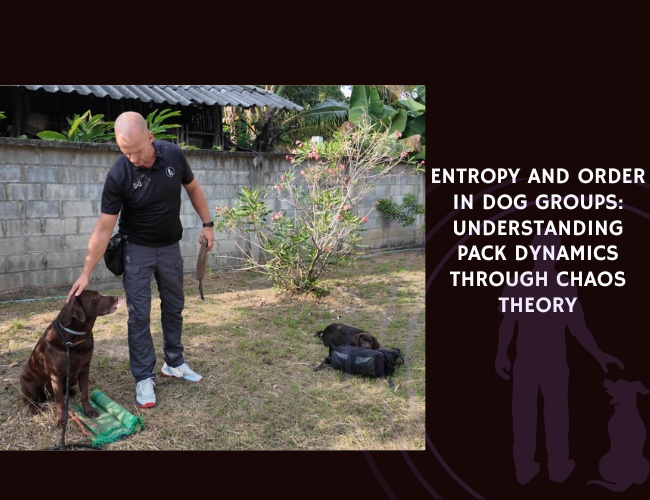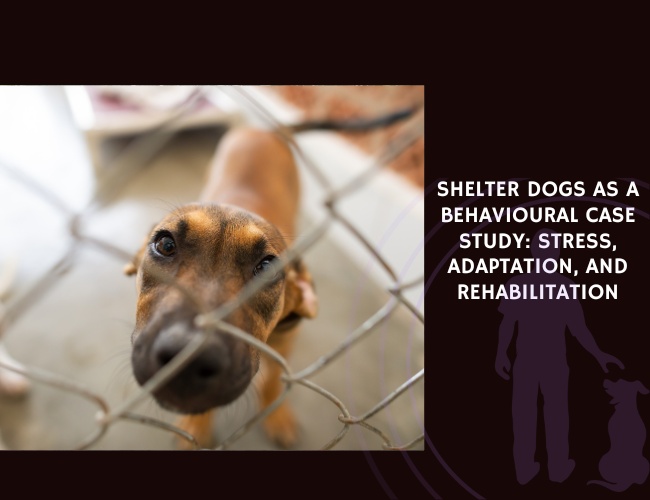Owners can act as stress buffers for their dogs, but it is unclear whether this effect is consistent across animals with different early life experiences. In this study, 45 dogs were tested in a controlled social stress paradigm involving a threatening stranger while either their owner or an unfamiliar human was present.
Twenty-three dogs had been rescued from adverse conditions, while the remainder had no known history of early life deprivation. Salivary cortisol was measured at three time points, and both behavioral observations and owner questionnaires were used to assess responses.
Dogs from adverse backgrounds engaged in more owner contact, appeared more relaxed, and showed greater social referencing when their owner was present. They also exhibited larger decreases in cortisol levels from the first to third samples compared to the control group, suggesting a strong physiological stress-buffering effect from the owner’s presence. However, these dogs were more likely to react fearfully to the threatening stranger, and their owners reported higher levels of stranger-directed fear, nonsocial fear, separation-related problems, and attention-seeking, along with lower levels of chasing behavior and trainability.
In contrast, dogs without adverse histories explored more when accompanied by their owners. These results indicate that early adverse environments can leave lasting marks on canine behavior and stress physiology, influencing how dogs perceive and respond to social challenges throughout life.
Source: Buttner, A., Awalt, S. L., & Strasser, R., Journal of the Experimental Analysis of Behavior, May 21, 2023.










